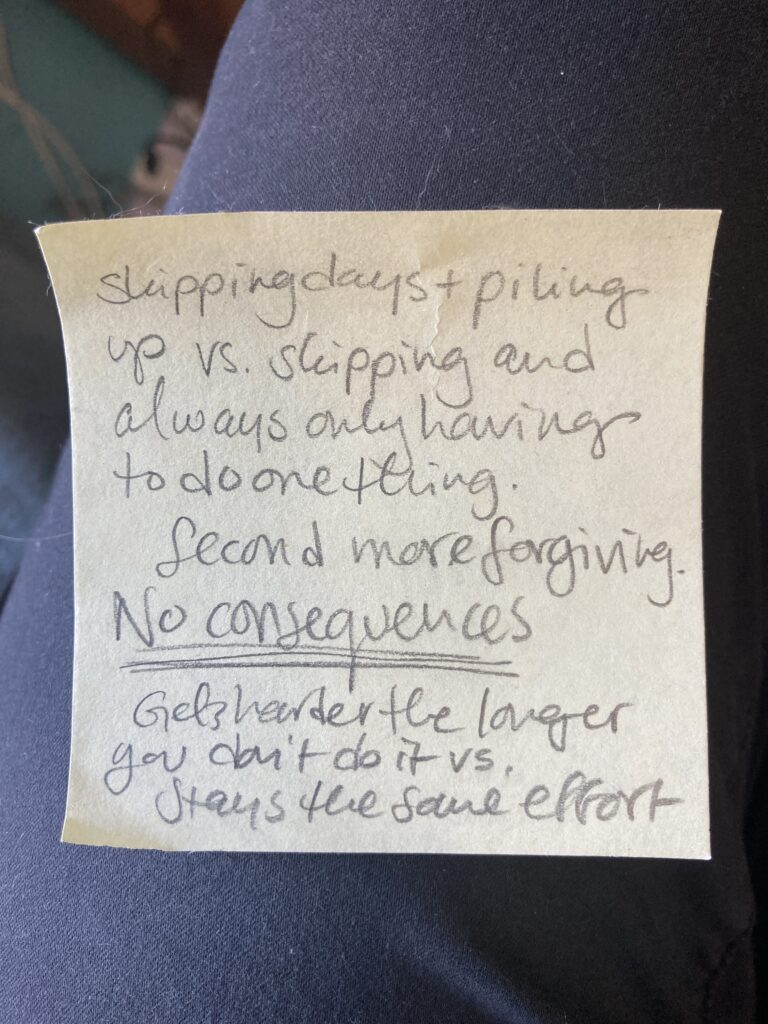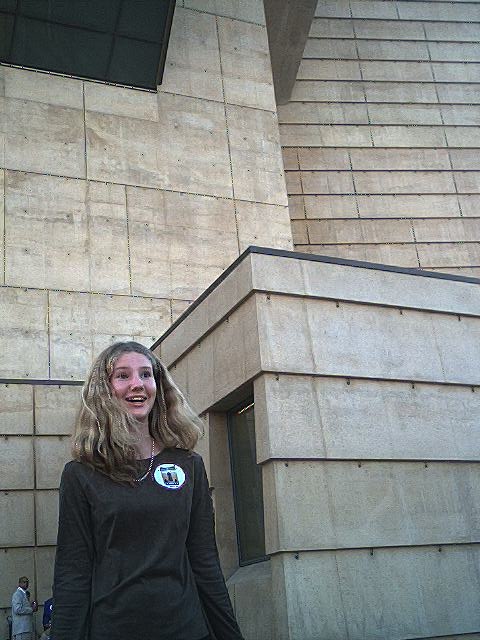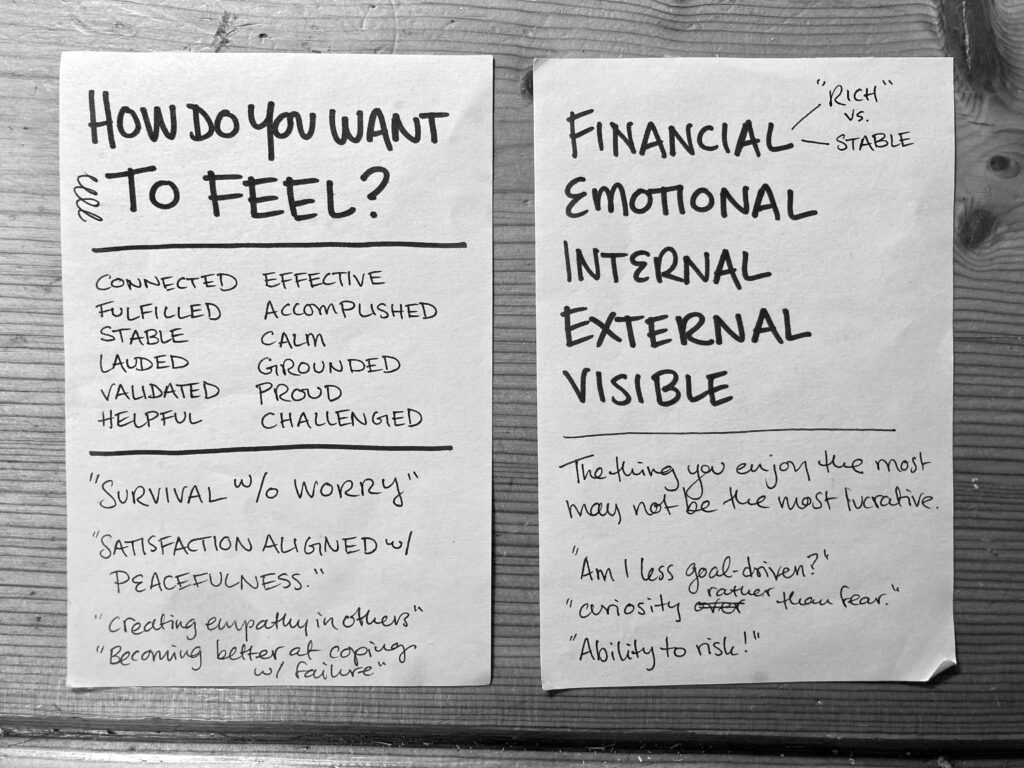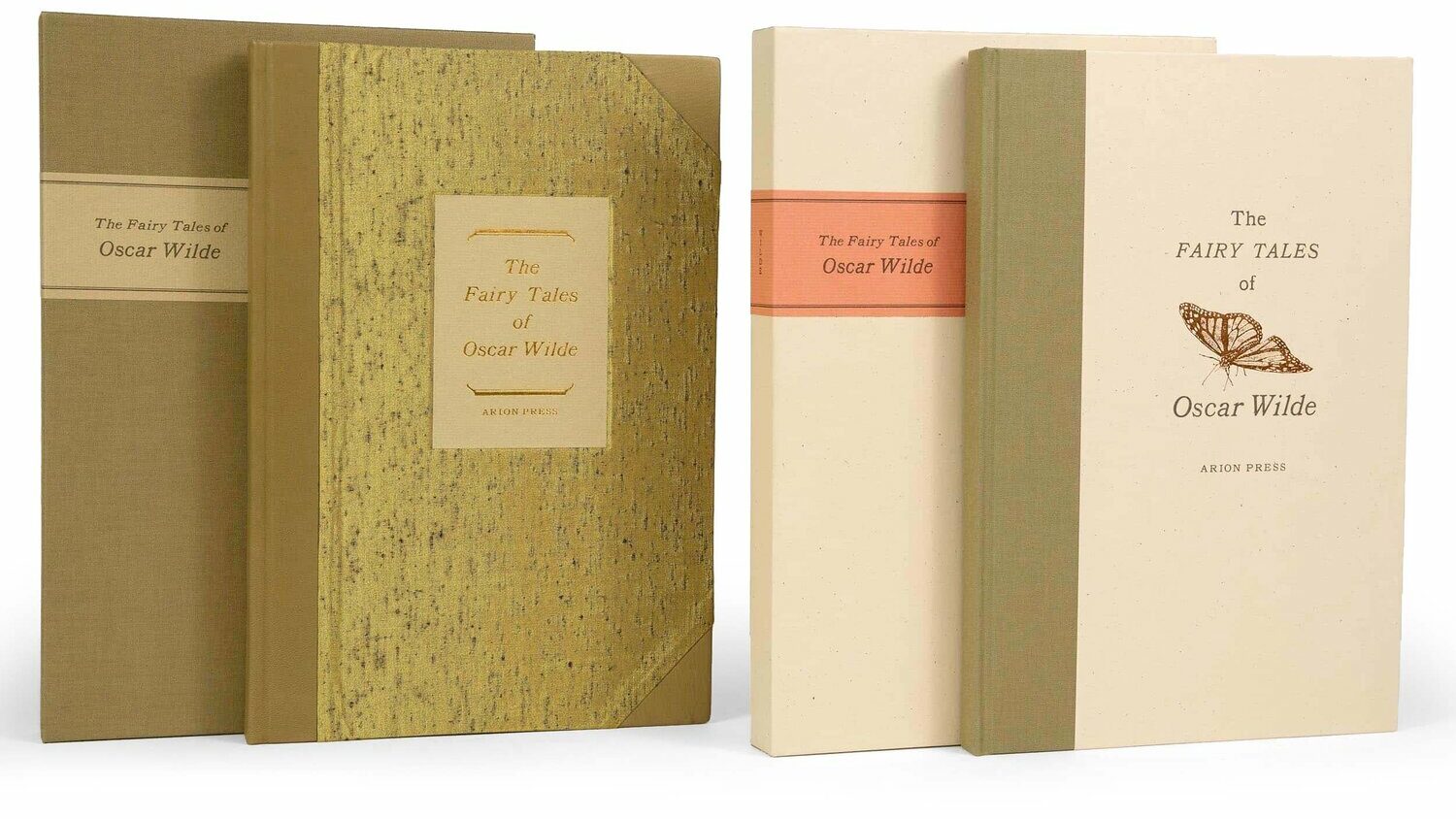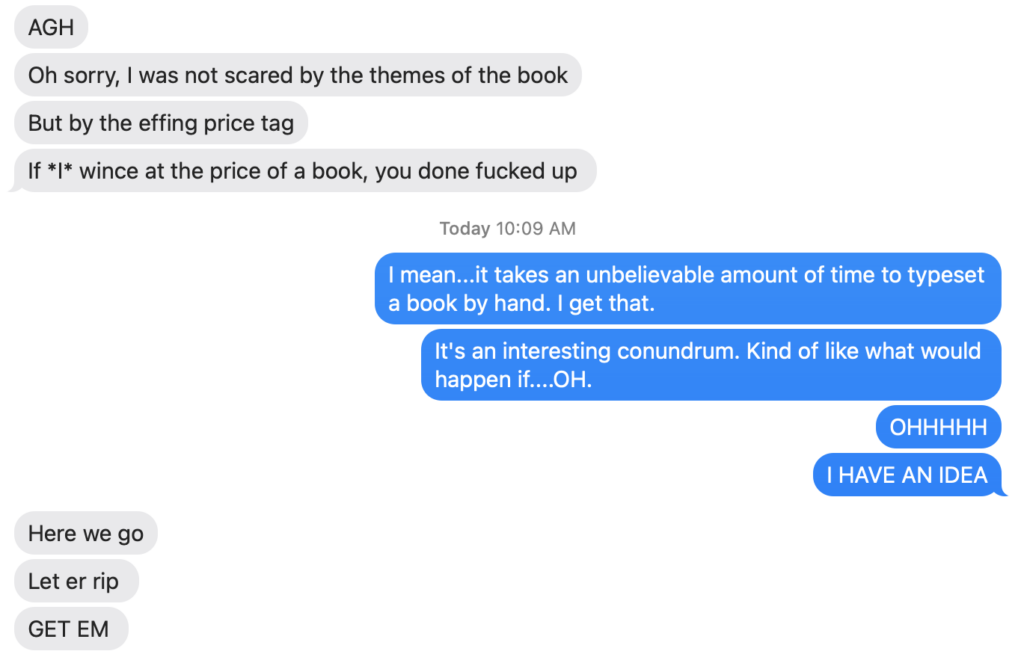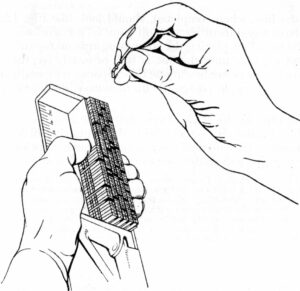Susannah Conway just released her 2022 Unravel Your Year workbook. I’ve been doing these since…christ, 2015? Yeah, that sounds right. A long time. I love them. (There’s also Year Compass, which asks a lot of the same questions in a slightly less woo way.)
I take and leave bits of this workbook every time I sit down to do it, usually over several days between Christmas and New Year’s, but I’m always left with a satisfying stack of reflective pages that anchor me during the year to come.
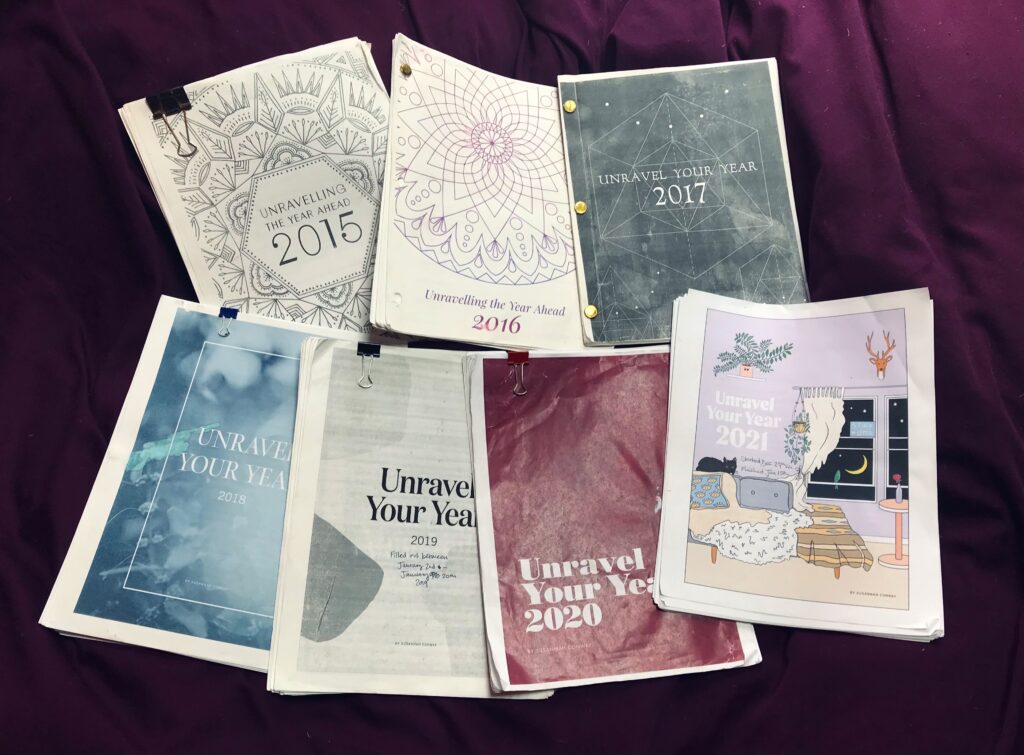
Things I’ve noticed over the last seven years of doing this:
- In the first few years, it was easy for me to fill out the Year in Review portion, but nearly impossible to fill out the second half of the workbook—the part about dreaming and planning for the year to come. I had a lot of fear around predicting anything. I worried about getting it “wrong,” or about setting goals and then failing to reach them and then judging myself harshly for that failure. The truth is that I have listed things I want to do, books I want to read, places I want to visit, and then just…not done them. Sometimes for multiple years at a stretch! But one of two things tends to happen: either I realize down the line that I’m just not that fussed about the goal in question, or I get it done eventually and have to admit that a single year, while long, isn’t the only possible timeline for accomplishing a project.
- The words I’ve chosen to anchor and guide myself each year seem to be moving toward more abstract or intuitive territory. (Ask -> Tell -> Trust -> Choose -> Cultivate -> Yield -> Flow) Some definitely worked better than others, but they all brought certain kinds of gifts. Absolutely a more effective and rewarding framework for me than specific resolutions.
- I don’t usually refer back to previous workbooks unless I’m in major pattern-seeking mode, often due to some kind of emotional upheaval or major life change. The exception is the ritual of reading through the most recent workbook in July, which is both halfway(ish) through the year and also my birthday. I try not to spend too much time with it otherwise.
- The letters I write to Lucy in The Present while pretending to be Lucy in December of Next Year never fail to make me cry. They also tend to be shockingly accurate in ways I cannot predict.
I used to have a really robust journaling practice—pages and pages of dense prose every day, each one compulsively smushed into the corners so no blank space remained. I’m sitting under a shelf full of these books, stretching all the way back to high school. They’re a valuable record, but also sort of…exhausting.

I was so driven to write everything down in this breathless rush, as if writing could save me.
But over the last few years I’ve moved away from that practice. Now there’s the annual workbook, which gives me a view of the year from 10,000 feet, and then a collection of larger, unruled notebooks where I doodle and take messy notes and connect ideas. I started out telling myself those were just “feelings notebooks” (I think the first one started out exclusively as a space to grapple with the dissolution of a major relationship), but they’ve gradually become all-purpose repositories of emotion. Many of the Visual Dispatches I’ve posted here come from their pages.
Sarah Manguso’s Ongoingness explores her own attachment to keeping a compulsive written record of everything in her life, and how the practice has waxed and waned over time. She writes:
Now I consider the diary a compilation of moments I’ll forget, their record finished in language as well as I could finish it—which is to say imperfectly. Someday I might read about some of the moments I’ve forgotten, moments I’ve allowed myself to forget, that my brain was designed to forget, that I’ll be glad to have forgotten and be glad to rediscover as writing. The experience is no longer experience. It is writing. I am still writing. And I’m forgetting everything. My goal now is to forget it all so that I’m clean for death. Just the vaguest memory of love, of participation in the great unity.
Yes.
